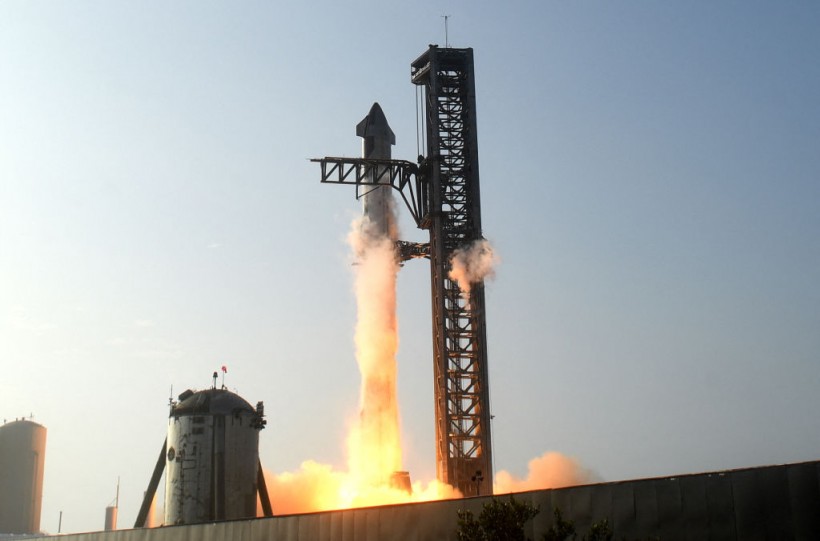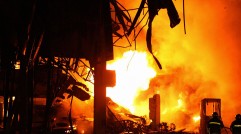SpaceX Starship Launch Explosion Causes Particulate Matter Spread, Causing Health Concerns

The SpaceX Starship launch was considered a "learning experience" after the test flight of the rocket ended in an explosion, which is now causing concerns about whether there are effects on residents and the community.
CNBC reported that residents and researchers are looking at whether the Starship explosion would have effects on local communities, the residents' health, and habitat.
The particulate matter, which has a similarity to sand and ash, causes concerns. It was also reported to have spread beyond the expected debris field.
The Federal Aviation Administration grounded the company's Starship Super Heavy Launch program pending the result of a "mishap investigation."
Images captured during the Starship launch show that the SpaceX launch pad also exploded. There were concrete chunks from it flying in multiple directions, which left behind a giant crater underneath.
The particulate matter's effects are still to be reviewed, including the debris field, before any conclusions could be made about the possible effects.
Federal Clean Air Act and Texas state law cover particulate matter emissions in their regulation.
READ NEXT: Texas: Starship Set for Test Flight Soon! [Date, Time and More]
SpaceX Particulate Matter
Quartz noted that the dust thrown up by the rocket's engines was more widely felt, with a thick layer of sand falling on the surrounding communities, most notably near the city of Port Isabel.
The dust-like matter is not known to be contaminated with any chemicals. However, it is known that breathing particulate matter, in general, is hazardous to health.
One environmental engineer managing a blog ESGHound, Eric Roesch, said that particulate matter can be linked to pulmonary and respiratory problems.
EPA also considers particulate matter to be a high-priority pollutant.
The FAA concluded during their evaluation of the air quality risks of Starship launch that it was "not expected to result in significant impacts to air quality." The FAA has yet to address the dust found after the Starship launch.
A spokesperson for the agency said that it will review and approve the final report before the mishap investigation can be closed.
Starship Launch
The Starship exploded after it was launched and failed to make orbit. It took off from the launch site at Boca Chica, Texas on Thursday.
Stephen Clark, with SpaceflightNow.com, noted in an Al Jazeera report that at least five of the vehicle's 33 Raptor engines did not appear to fire upon lift-off.
The spacecraft did not separate from the Super Heavy booster. It also spun around before falling apart.
SpaceX CEO Elon Musk projected in March that the chances the rocket would reach orbit were about 50%.
After the launch, he then congratulated the SpaceX team in a tweet, adding that they learned a lot for the "next test launch in a few months."
SpaceX later confirmed that the rocket's breakup was triggered by the flight termination systems, which are explosives built into a key area of rockets, according to Florida Today.
FTS are automatically activated once there is a hardware failure detected.
READ MORE: Elon Musk Places Twitter's Value at $20 Billion
This article is owned by Latin Post.
Written by: Mary Webber
WATCH: Car gets hit by debris and engulfed in smoke during SpaceX launch - from The Sun
Subscribe to Latin Post!
Sign up for our free newsletter for the Latest coverage!













